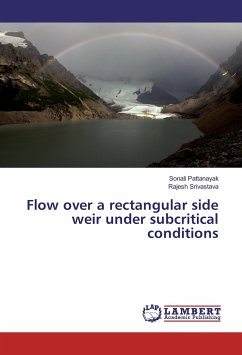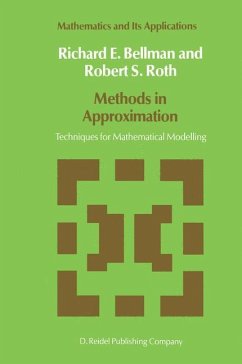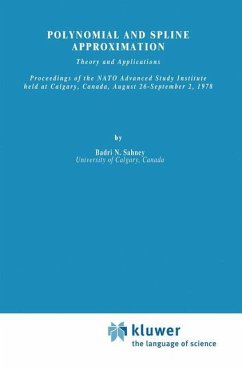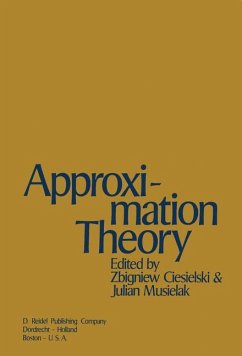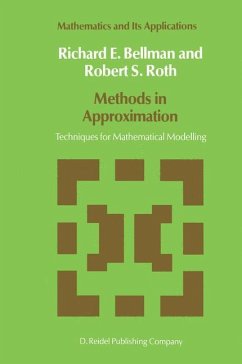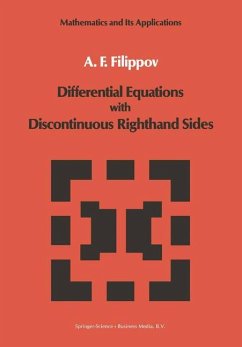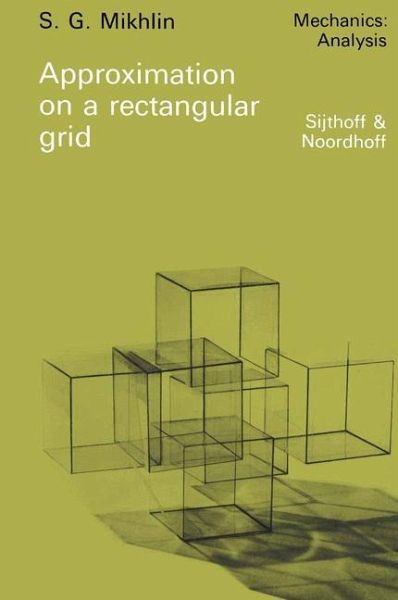
Approximation on a rectangular grid
with application to finite element methods and other problems
Versandkostenfrei!
Versandfertig in 1-2 Wochen
39,99 €
inkl. MwSt.

PAYBACK Punkte
20 °P sammeln!
The present monograph has points in common with two branches of analysis. One of them is the variational-difference method (the finite element method), the other is the constructive theory of functions. The starting point is the construction of special classes of coordinate functions for the variational-difference method. It is based on elementary transformations .of the independent variables of given "primitive" functions. After the construction of the coordinate functions, the next step is to approximate functions of a given class by linear combinations of the coordinate functions, and to de...
The present monograph has points in common with two branches of analysis. One of them is the variational-difference method (the finite element method), the other is the constructive theory of functions. The starting point is the construction of special classes of coordinate functions for the variational-difference method. It is based on elementary transformations .of the independent variables of given "primitive" functions. After the construction of the coordinate functions, the next step is to approximate functions of a given class by linear combinations of the coordinate functions, and to derive in some appropriate norm an estimate of the error. Clearly, this is a problem closely connected with the constructive theory of functions. The monograph contains 11 chapters. Chapter I discusses Courant's basic idea which is central to the construction of variational-difference methods. One of Courant's examples, from which the notion of a primitive function follows naturally, is examined in some detail. The general definition of a primitive function and the method of construction for the corresponding coordinate functions are given and discussed. Chapters II-VI are more closely connected with the constructive theory of functions. The completeness of the coordinate systems defined in Chapter I are studied, as well as the order of approximation obtained through the use of linear combinations of these functions. Their completeness in Sobolev spaces are examined in Chapter II, while related orders of approximation are derived in Chapter III.




